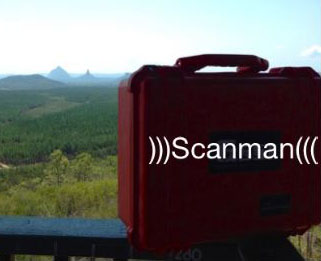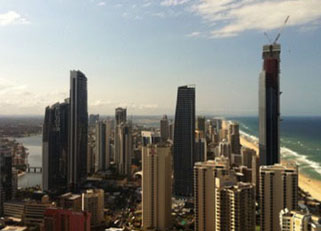Concrete Imaging and Rebar Imaging
Concrete or reinforcing steel imaging (also synonymously and commonly known as ground penetrating radar or surface penetrating radar) is one of the most common and efficient ways to trace concrete based structures and buried rebars (which are basically reinforcing steel, e.g., rods in concrete to strengthen the structure) beneath the surface of the earth.
Concrete or rebar imaging is heavily relied upon by constructors, technicians, drilling companies and the like prior to commencing their respective functions on the ground. This saves them time, costs and inadvertent surprises and hazards which they may possibly be exposed to if some damage or insertion is made which results in the cutting, bursting or malfunctioning of the materials or objects lying subsurface.
The concrete or rebar imaging devices are more sophisticated and compressed in nature as compared to its other counterparts readily available in the market for consumers. Their sizes vary ranging from 2x2 or 4x4 in three dimensional shapes. The average time taken for such scanners to process the results is around half an hour which includes the all important process of data collection. Such imaging scanners rely on wavelengths that are rather shorter and lower frequencies hence enabling the scanner to be used with smaller transmitters and antennas. The foregoing is a vital feature of concrete or rebar imaging devices which makes them unique and stand out amongst other products of the same category. Such devices can also be used during all the stages of a given project, i.e, designing or subsequently, i.e., at the time of construction, as and when required. At the construction stage, the use of such scanners will obviate the danger or peril of disruption of services due to damage to cables, wires or other materials or substances lying subsurface or physical injuries to those working on the site.
One of the most vital considerations of using concrete imaging or rebar imaging is to give the constructor or engineer the benefit of receiving precise information regarding the buried objects underneath in a timely fashion which will invariably save them a lot of costs primarily that may accrue due to change orders in case the scanning is not performed which may lead to such costs.
Having said that, it is imperative that such scanning devices are, at all times, used, monitored and read or interpreted by trained GPR individuals and/or technicians who are construction professionals and understand its usage and operations; hence, giving further conformity and reliability to the readings or data obtained through such scanners. The pattern reading on the display of such scanners (primarily pertaining to a rebar or if a dissimilar pattern than not a rebar) may be a bit technical and is best understood by those who comprehend its working and operations.
Some of the common structures that such scanners and imaging devices can detect include rebars, brick´s thickness, fiber optic cables, deterioration in concrete, live electrical wires or dead wires, conduits (whether in plastic form or metal), voids, structural mapping surveys, ascertaining depths and sizes of objects and materials etc.







